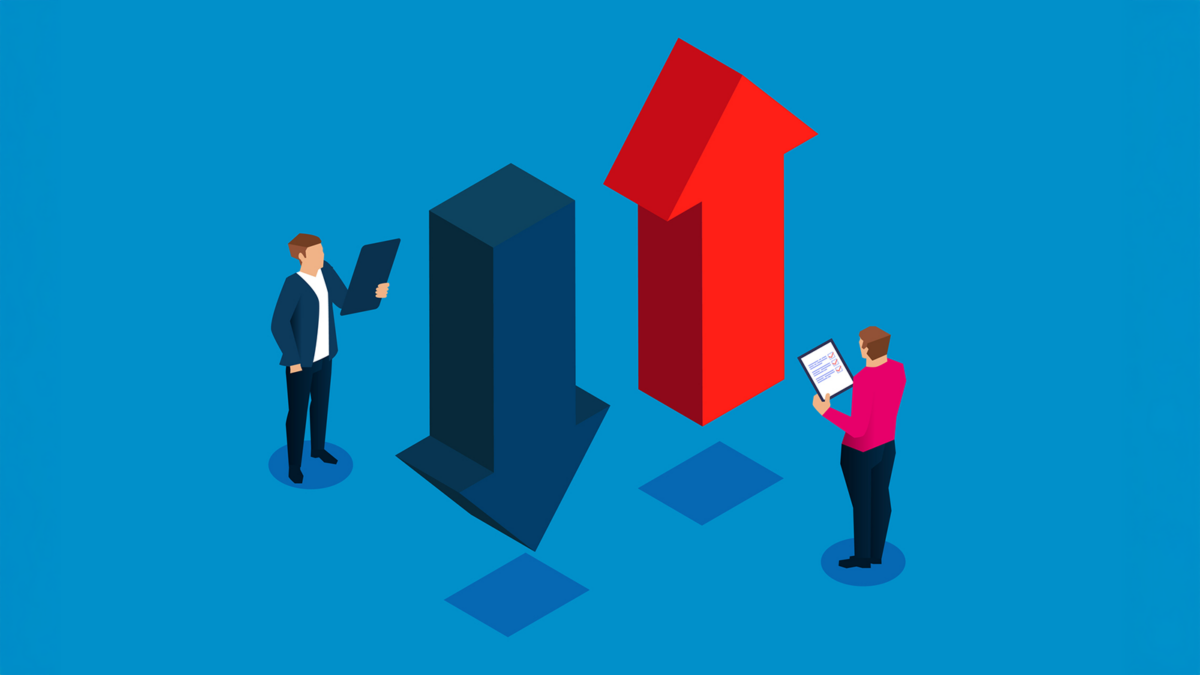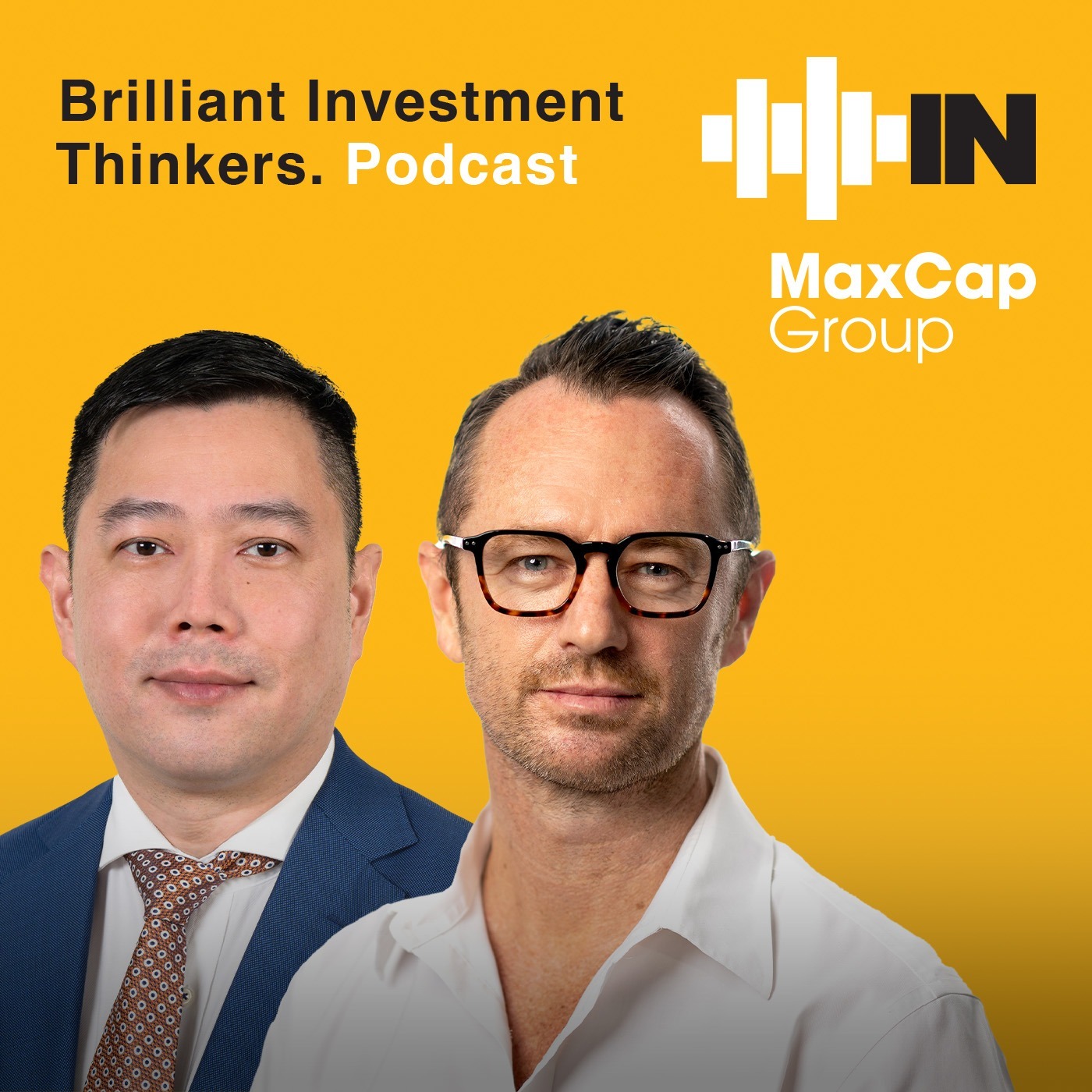Head-to-head: Value versus growth in global equities
In the realm of global equities, investment strategies often diverge between ‘value’ and ‘growth’ styles. Put simply, value investing involves identifying companies that appear undervalued relative to their intrinsic value, often trading at lower price/earnings (P/E) or price-to-book (net tangible assets) ratios; while growth investing targets companies expected to deliver above-average earnings expansion, even if they trade at a premium.
More specifically, value strategies typically seek to capitalise on mean reversion by investing in companies with depressed valuations due to temporary challenges, cyclical downturns, or market mispricing. These investors rely on bottom-up fundamental research to uncover resilient businesses with solid cash flows and balance sheets, believing the market will eventually recognise their true worth. In contrast, growth strategies focus on companies with structural tailwinds, scaleable business models, and the potential to compound earnings over time, often in sectors like technology, healthcare, or consumer platforms, regardless of current valuation multiples.
Value investing has historically outperformed during economic recoveries and inflationary periods, when investors rotate into cyclical sectors and discounted assets. Meanwhile, growth investing has excelled in low-rate, disinflationary environments, where future earnings are valued more highly. Both styles offer distinct advantages and risks: value provides downside resilience and margin of safety, while growth offers long-term capital appreciation through innovation and market leadership. Ultimately, effective execution in either style demands deep company analysis, patience, and conviction in the face of shifting market narratives.
Head-to-Head
Below are two global equity funds that have been randomly selected to go head-to-head in a comparison of their styles and approach. Note that their suitability for portfolios has not been considered.
| Antipodes Global Fund | Hyperion Global Growth Fund | |
| APIR Code | IOF0045AU | WHT0070AU |
| Sector | Global Equities | Global Equities |
| Domicile | Australia | Australia |
| Fund Size | $1.5 billion | $3.6 billion |
| Launch Date | June 1999 | June 2014 |
| Min. Investment | $25,000 | $20,000 |
| Currency Management | Unhedged | Unhedged |
| Management Fee | 1.20% p.a. | 0.70% p.a. |
| Performance Fee | 15% | 20% |
| Distributions | Annually | Quarterly |
| Holdings | 50–100 | 15–30 |
| Benchmark | MSCI All Country World Index (AUD) | MSCI World Accumulation Index (AUD) |
Investment Approach
- Antipodes Global Fund: This fund takes a pragmatic value approach, combining bottom-up stock selection with a macro-economic overlay. It seeks to identify companies trading at discounts to their intrinsic value, often in out-of-favour sectors or regions. The fund may also employ short positions to hedge market exposure or capitalise on overvalued securities.
- Hyperion Global Growth Companies Fund: Hyperion tries to identify high-quality growth companies with sustainable competitive advantages. The fund maintains a concentrated portfolio, investing in businesses with strong balance sheets, predictable earnings, and the potential for long-term growth. It emphasises a long-term investment horizon, often holding positions for several years.
Performance
| As at March 25 | Antipodes Global Fund | Hyperion Global Growth Fund | MSCI All Country World Index (AUD) |
| 1m | 1.5 | -9.6 | -4.1 |
| 3m | 8.0 | -12.0 | -1.9 |
| 6m | 13.4 | 14.1 | 9.0 |
| 1yr | 17.7 | 18.1 | 12.7 |
| 3yr | 14.1 | 15.6 | 12.3 |
| 5yr | 11.1 | 18.2 | 15.3 |
| 10yr | 9.4 | 17.3 | 11.6 |
Over one year to March 2025, the Hyperion Global Growth Companies Fund delivered an 18.1 per cent return, narrowly outperforming the Antipodes Global Fund at 17.7 per cent, and comfortably ahead of the MSCI All Country World Index (AUD), which returned 12.7 per cent. Over three and five years, Hyperion extended its lead, posting 15.6 per cent and 18.2 per cent annualised returns respectively, compared to Antipodes at 14.1 per cent and 11.1 per cent, and the benchmark at 12.3 per cent and 15.3 per cent. This highlights Hyperion’s consistent long-term alpha generation through its quality-growth approach.
However, recent market volatility — driven by macroeconomic-driven dispersion around renewed inflation concerns, interest rate uncertainty, and divergent regional economic data — has favoured more valuation-conscious and macro-aware strategies. Over the one-month and three-month periods, the Antipodes Global Fund outperformed sharply, returning 1.5 per cent and 8.0 per cent respectively, compared to Hyperion’s declines of 9.6 per cent and 12.0 per cent. The benchmark also fell over these periods, down 4.1 per cent and 1.9 per cent respectively. These results highlight Antipodes’ ability to benefit from rotation into value and cyclical exposures, as well as its tactical flexibility in navigating volatile market conditions through macro positioning. While Hyperion’s quality-growth holdings may be better suited to long-term structural themes, they remain more sensitive to sharp shifts in sentiment and interest rate repricing.
Risk Metrics
| Antipodes Global | Hyperion Global Growth | |
| 1 Year Volatility | 8.7% | 24.3% |
| 1 Year Beta | 0.9 | 2.2 |
| 1 Year r^2 | 0.2 | 0.6 |
Volatility is the most common measure of risk, with the Antipodes Global Fund and the Hyperion Global Growth Companies Fund showing materially different profiles. Antipodes recorded a one-year volatility of 8.7 per cent, significantly lower than Hyperion’s 24.3 per cent, reflecting a more stable return pattern for Antipodes over the period.
However, beta and R-squared metrics reveal further contrasts in market sensitivity. Antipodes’ one-year beta of 0.9 and R² of 0.2 suggest the fund has limited correlation with overall market movements and is likely driven more by stock-specific and macro factors, rather than broader market direction. In contrast, Hyperion’s higher beta of 2.2 and R² of 0.6 indicate that its return profile is more strongly influenced by general equity market trends — typical of a high-growth, momentum-driven strategy. The combination of higher volatility and market sensitivity in Hyperion implies greater potential upside during rallies, but also greater downside risk during periods of dislocation. Meanwhile, Antipodes offers a more diversified and less market-dependent exposure, consistent with its value-based, contrarian approach.
Conclusion
Both value and growth investing offer distinct advantages, suited to different market environments and investor preferences. The Antipodes Global Fund, with its pragmatic value orientation, aims to uncover undervalued opportunities across regions and sectors, often benefitting from macroeconomic mispricing and sentiment-driven dislocations. Its lower volatility, moderate beta, and limited correlation to global markets suggest a strategy that may offer defensive qualities and diversification within broader portfolios — particularly during periods of market stress or rotation into cyclical assets.
In contrast, the Hyperion Global Growth Companies Fund pursues a high-conviction, quality-growth approach, investing in companies with long-term structural tailwinds and strong competitive advantages. While this strategy has historically delivered superior long-term returns, it comes with higher volatility and greater sensitivity to market movements — factors that may amplify both risk and return.
Ultimately, both value and growth styles serve complementary roles. Value- and macro-driven strategies like that of Antipodes can provide resilience and valuation support in uncertain conditions, while growth-focused funds like Hyperion offer exposure to innovation and secular themes. A balanced allocation across both styles may enhance portfolio diversification and smooth returns across market cycles, depending on an investor’s objectives, risk tolerance, and macroeconomic outlook.
Nick Hatzis is an investment analyst at Atchison.
*Important Note
Historical performance is not a true indicator of future performance. Conduct your own due diligence regarding underlying strategies, holdings, market conditions, along with understanding your clients’ goals and risk tolerances prior to making investment decisions. Expecting a fund to maintain their top position can often leave an investor underwhelmed in future periods. Data sourced from FE Analytics and fund websites.










